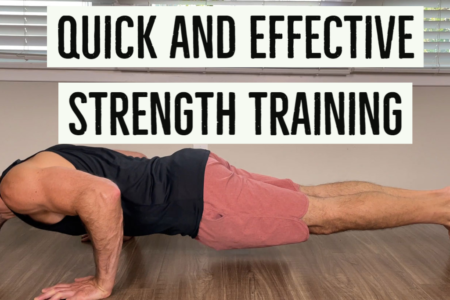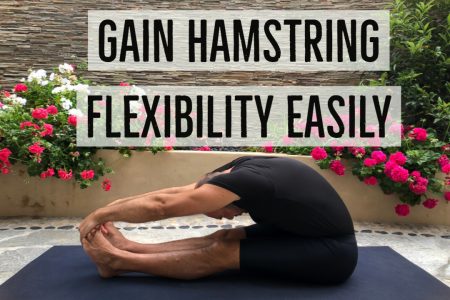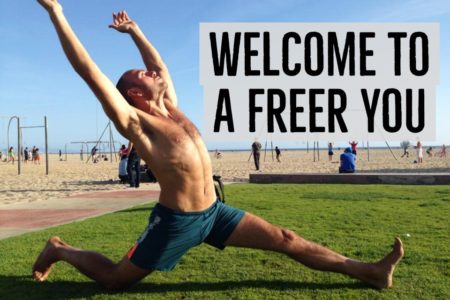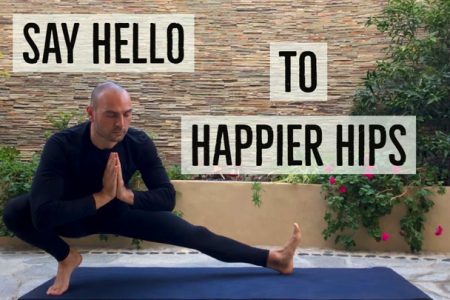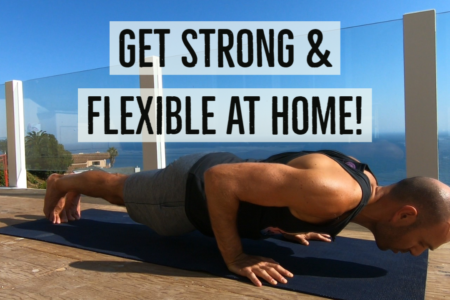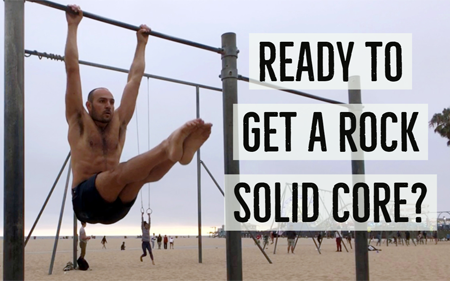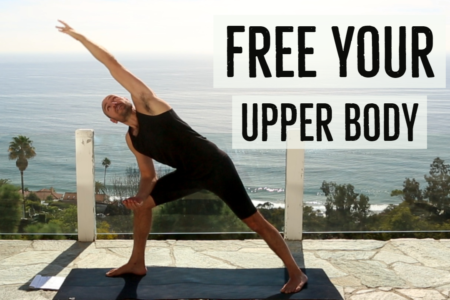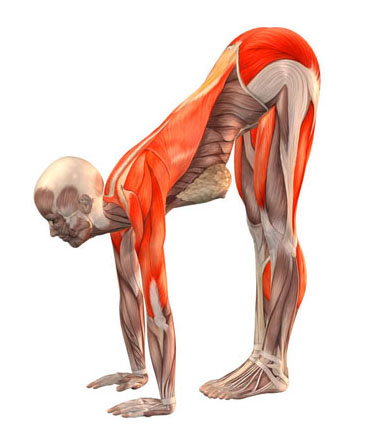 Welcome! This post is meant to be a guide to help you touch your toes (and beyond) in 30 days or less. If you reach your goals and want more hip flexibility, I have the splits routine as well that are a guide for the splits challenge.
Welcome! This post is meant to be a guide to help you touch your toes (and beyond) in 30 days or less. If you reach your goals and want more hip flexibility, I have the splits routine as well that are a guide for the splits challenge.
When trying something new, you should always listen to your body. Get in touch with what it is you need, where it is you are tight and work on those challenging areas. People of different flexibility levels will find different stretches that work for them.
Start with the Forward Reach Test to assess your mobility
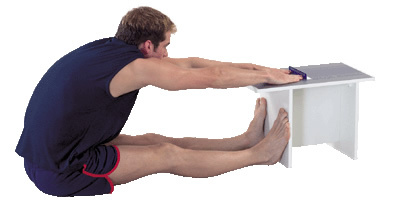
This is to measure your baseline level of mobility. It’s easy to measure and assesses the general flexibility of your body with the forward reach test. Your range is affected by the combination of the mobility of your nerves, spine, hips and the flexibility of your hamstrings and calves.
- Sit with your feet flexed against a step or small box. Sit up tall and make sure that your knees stay straight. Slowly, tip forward from the hips, reaching the hands as far forward as you can. Breathe in gently, then breathe out and see if you can sink a little deeper into the stretch.
- You only need to spend about 10 seconds to find your true range.
- Measure the distance you are away from the box in centimeters with a ruler.
- If you are able to touch the box (your toes) and go further with your knees straight and the feet flexed at 90 degrees, you could measure how far your hands extend beyond the box.
- TAKE A PHOTO! You would have wished you had a “before” photo to complement your “after” photo!
Do NOT use this seated forward-bend (pike stretch) as your main or only stretch.
It is too easy for you to yank on your lower back if you’re trying to touch your toes. You shouldn’t be directly stretching your lower back for extended periods of time. This is typically reserved for more advanced trainees and for very specific goals. (Not everybody wants to be a contortionist.)
For more info on why you shouldn’t be stretching the lower back or more info on how to RELAX the lower back, refer to the FAQ section.
Why should someone be able to touch their toes with straight legs?
“An inability to cleanly touch the toes could be due to generalized stiffness and most likely also a movement dysfunction. A hip hinge [explained below] ultimately spares the spine and loads the hips so the hips do most of the dynamic work. The spine statically, without movement, transmits the energy to the upper body. The spine can only be stable if the hips are mobile. If the hips are not mobile, the spine cannot be stable.” – Gray Cook
For more info read: What’s in a toe-touch by Gary Cook and watch this video clip about toe-touching.
Other reasons to work on flexibility? If your shoulder, wrist, or elbow is injured and you can’t do your normal strength training, it’s very helpful to work on hip flexibility in the meantime while the rest of your body heals.
Learn how to properly hinge at the hips to touch your toes

A lot of people don’t have the proper movement pattern down. I know I didn’t. So here are some videos that will fix that.
- This video provides a GREAT drill that teaches you how to hinge at the hips FIRST before you try to round your back and touch your toes!
- Then, follow this Toe-Touch Progression. It’s a 5 minute corrective sequence that stops your nervous system from putting the brakes on during the toe touch and limiting your range. This could change your toe-touch in a matter of minutes. To see how the same toe-touch progression helps a lay person, watch this. (The props they use may be silly, but whatever works!)
- Get the most out of your Standing Pike: This informational video provides an excellent demonstration of how to maximize the lengthening of your hamstrings PROPERLY before rounding down to touch your toes. It reinforces the importance of hip-hinging and more.
To view the rest of this page with the actual stretches and routine, simply sign up! It's free and helps to keep this site sustainable! If you have signed up in the past for this (or any other program), use the login form directly below this registration form!
